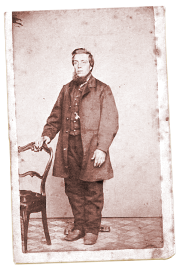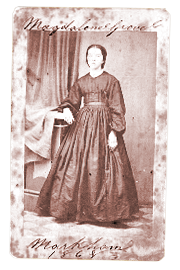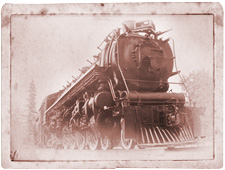Victorian Facts
- Lamps were cleaned weekly; the burned part of the wick was removed.
- When making bricks, workers would cover potatoes with a thick layer of clay and bake them in the kiln.
- The blacksmith was busiest in the winter when upkeep of farm equipment occurred.
- To increase the amount of light from a candle, a glass globe was filled with water and placed in front of it.
- A “clamp” was often used to fire bricks, instead of a kiln. The clay from digging the cellar provided much of the raw material.
- The forge floor was made of a mixture of clay, ox blood and gravel. This was non-combustible, and objects dropped on it did not break.
- The forge floor deadened the noise created by pounding metal.
- Most smiths suffered hearing loss/deafness because of the amount of noise generated by their work.
- When the forge floor was laid, a clog dance would be held – to set the floor and provide entertainment.






